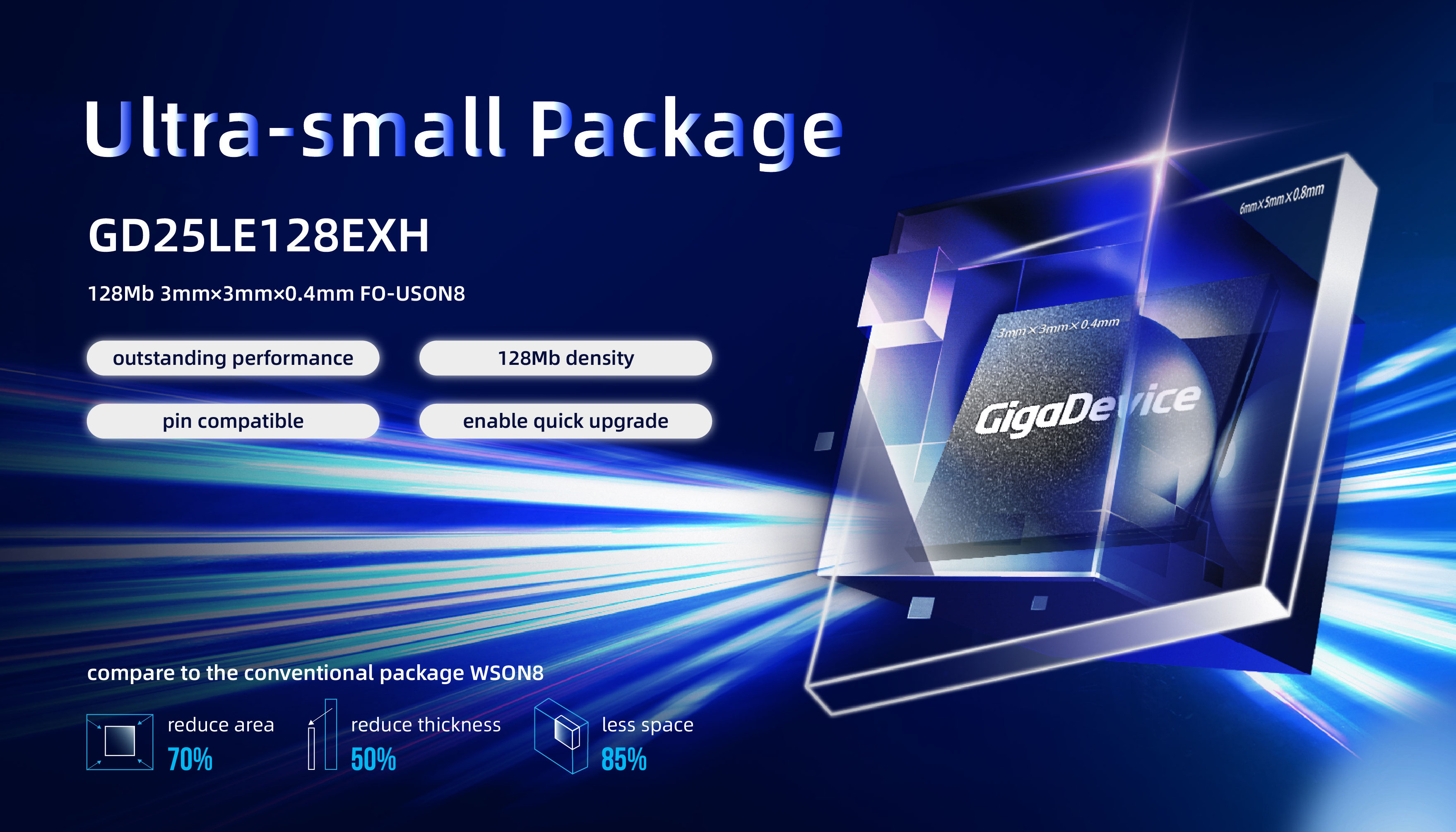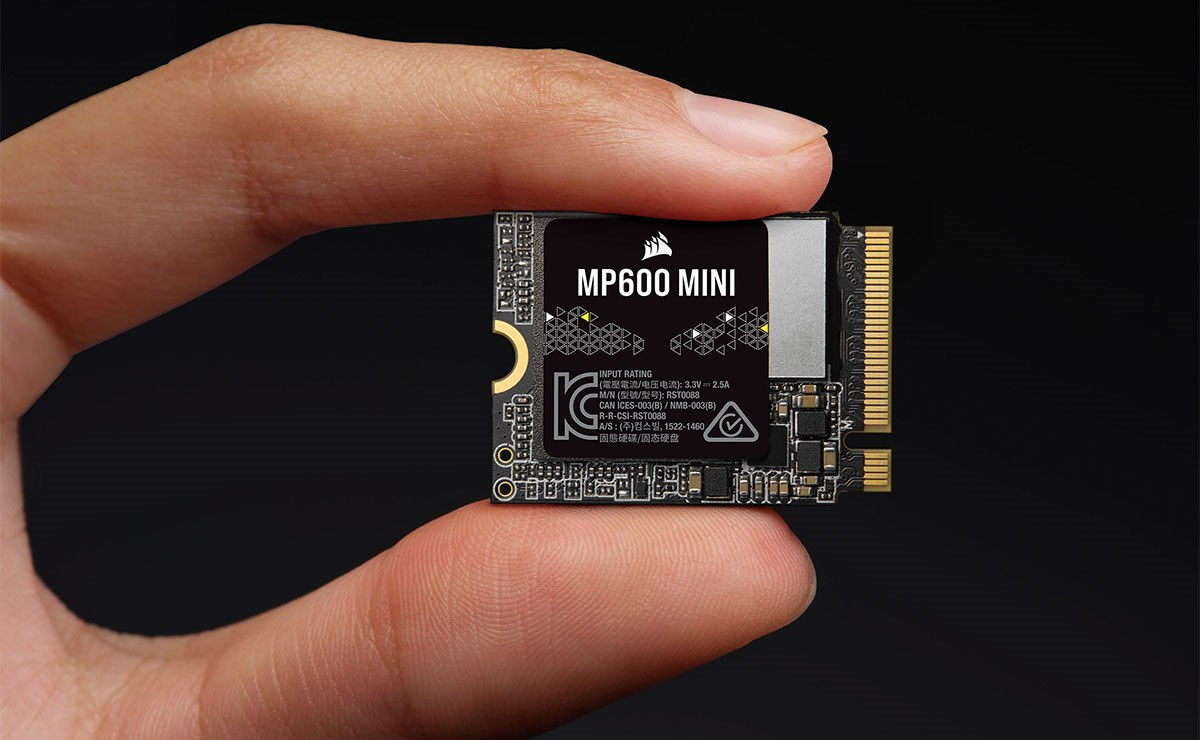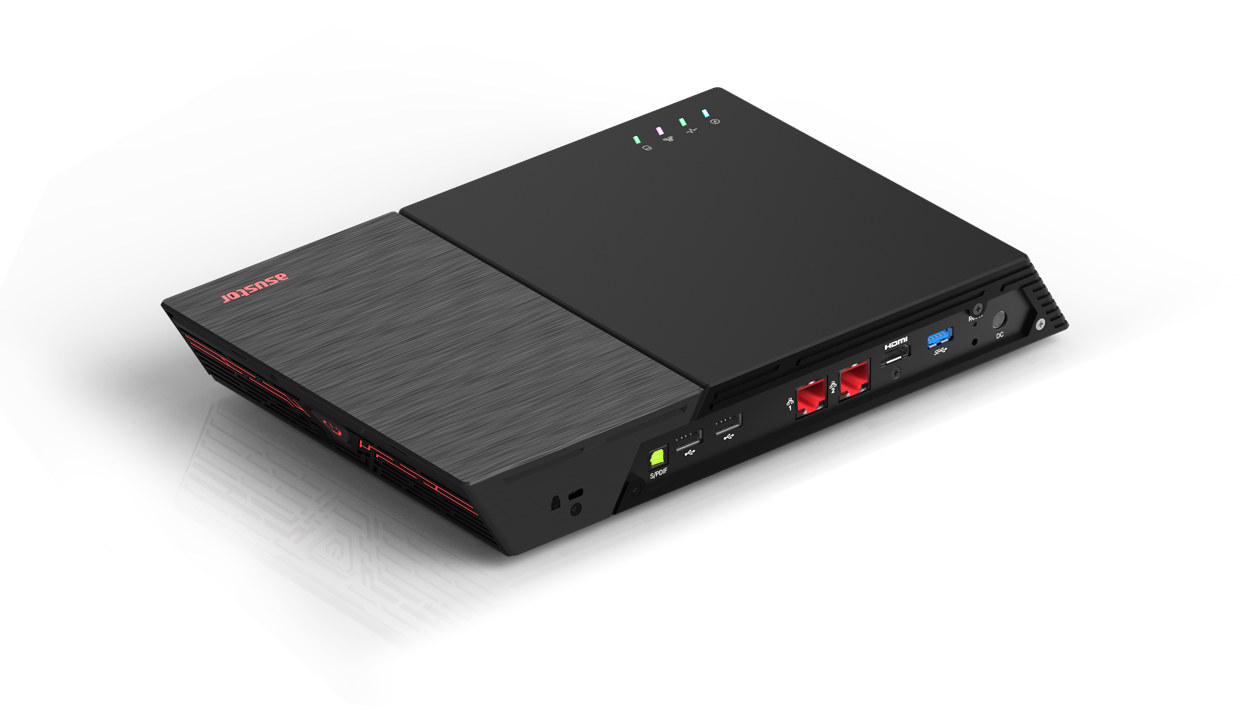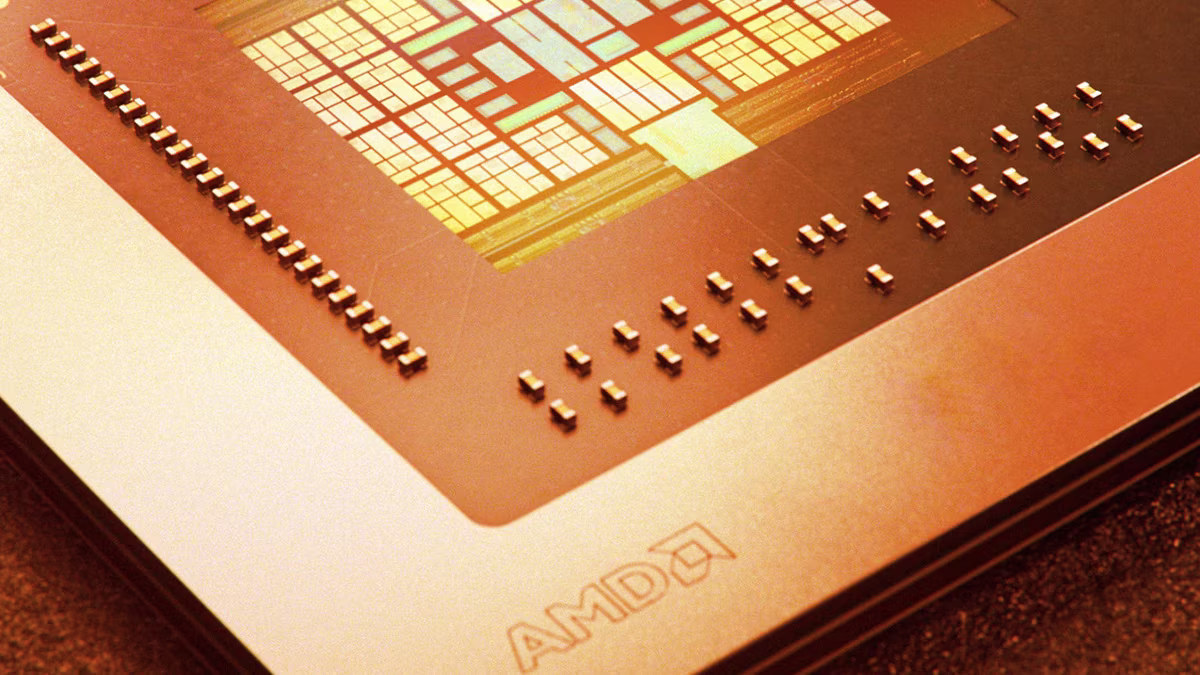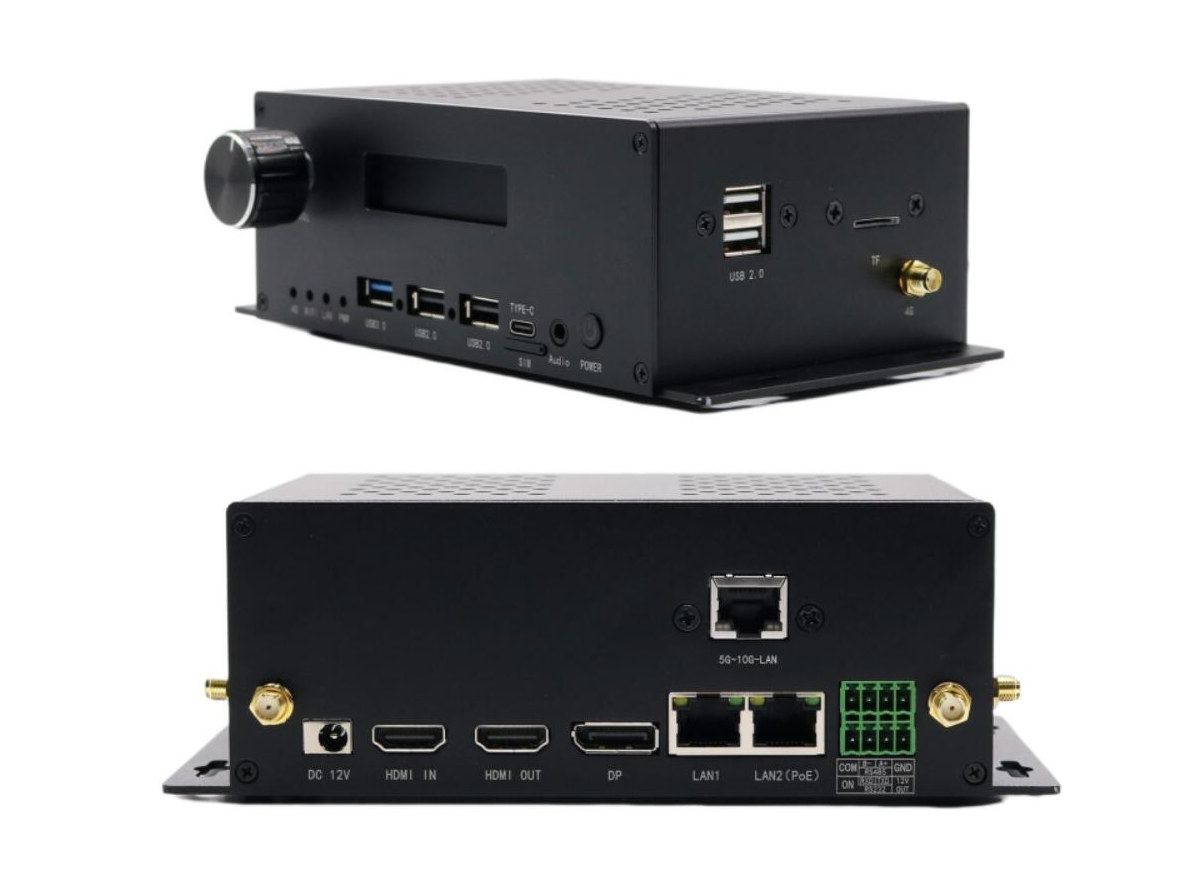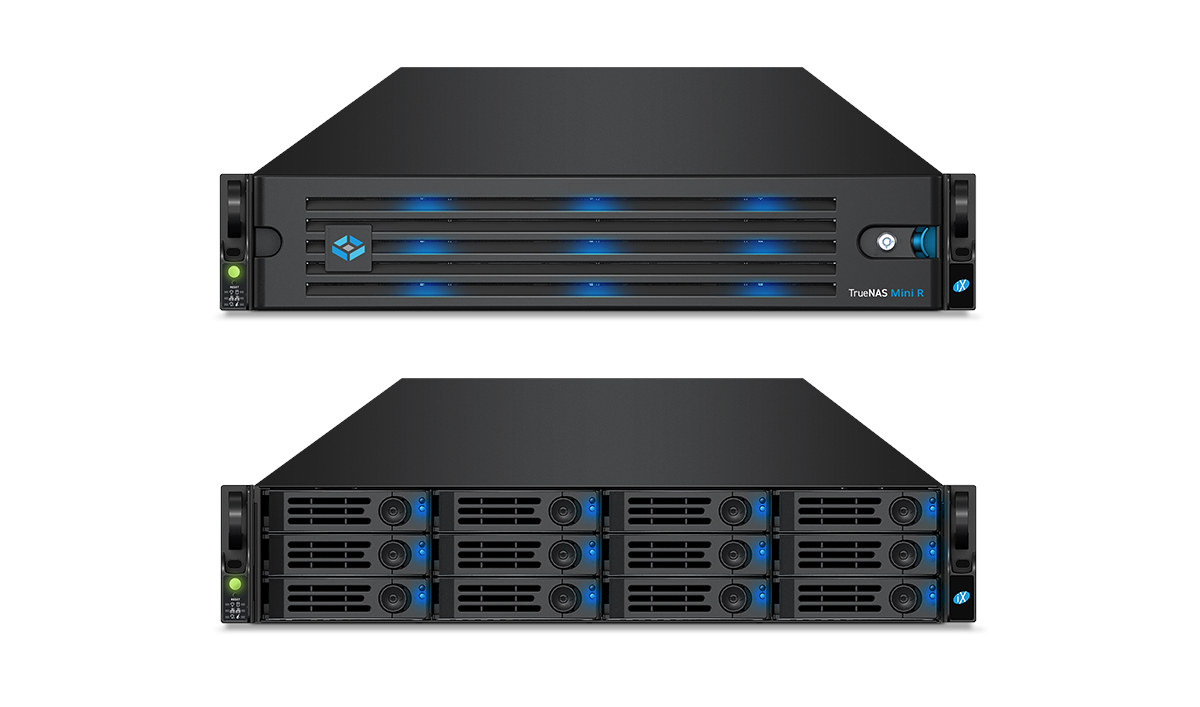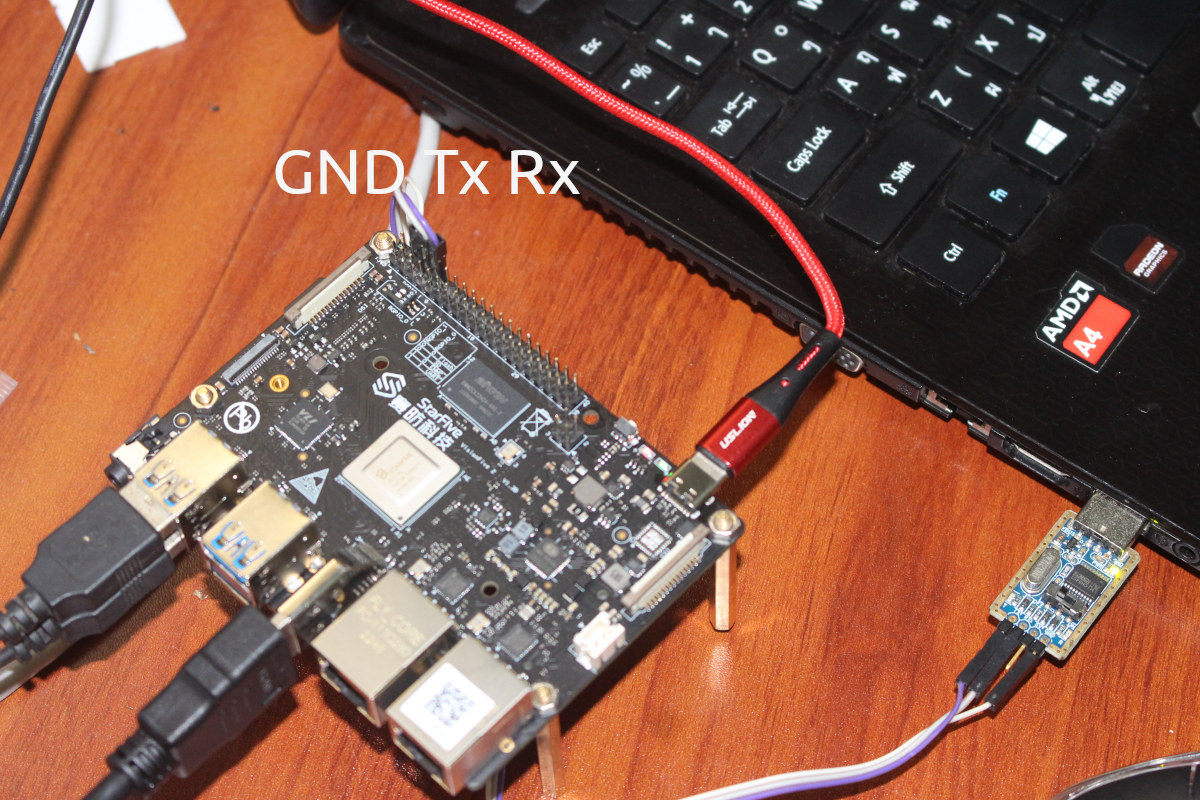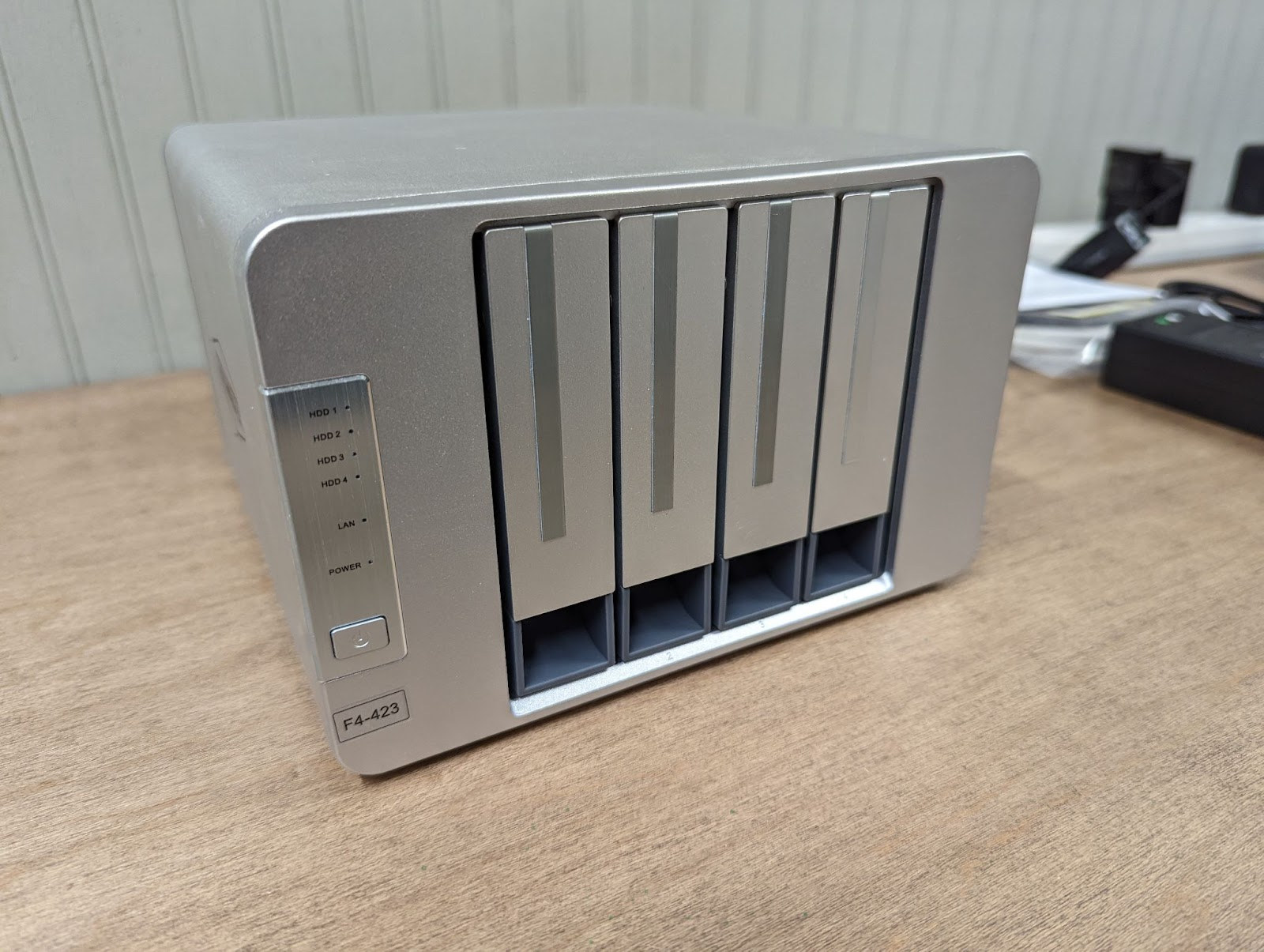GigaDevice Semiconductor has just launched the GD25LE128EXH 128Mbit SPI NOR Flash in a tiny ultra-compact 3x3x0.4mm FO-USON8 package designed for IoT, wearables, healthcare, and networking products. The GD25LE128EXH supports up to 133MHz frequency with four channels delivering up to 532Mbit/s data throughput. GigaDevice also highlights the low power consumption of just 6mA when reading, or a reduction of power consumption by 45% compared to previous devices. GD25LE128EXH specifications: Density – 128Mb I/O Bus – Single I/O, Dual I/O, Quad I/O, QPI Frequency – 133 MHz (x1 x2 x4) Features H/W RESET WP# Security Registers with OTP Locks Suspend Unique ID HOLD# Voltage – 1.65V~2.0V Package – FO-USON8 3x3mm Temperature Range – -40°C~85°C; -40°C~105°C, or -40°C~125°C The GD25LE128E SPI flash is also available in SOP8 208mil, USON8 4x4mm, WSON8 6x5mm, WSON8 8x6mm, and WLCSP (4-4 ball array) packages, which means the GD25LE128EXH’s FO-USON8 package reduces area by 70% and thickness by […]
Corsair MP600 Mini M.2 2230 NVMe SSD delivers up to 4800 MB/s read/write performance
Corsair MP600 Mini is a high-performance M.2 2230 SSD based on the Phison E21T controller that delivers up to 4800MB/s sequential read and write performance and designed to be used in Valve’s Steam Deck, Microsoft’s Surface Pro 8 and 9, and other products that won’t take a M.2 2280 SSD. We are seeing more and more single board computers and other electronics products use M.2 sockets for storage, but the smaller boards won’t take the traditional M.2 2280 SSDs that usually deliver better performance than smaller M.2 2230/2242/2260 drives, and so performance may be impacted on this type of hardware. But the Corsair MP600 Mini changes that with high sequential and random read/write performance. Corsair MP600 Mini specifications: SSD Unformatted Capacity – 1TB NAND Technology – 3D TLC NAND Host interface – PCIe Gen 4.0 x4 Performance Max Sequential Read – Up to 4,800MB/s tested with CrystalDiskMark (CDM) Max Sequential […]
ASUSTOR FLASHSTOR NAS supports up to 12 M.2 SSDs, 10GbE networking
ASUSTOR FLASHSTOR 6 and FLASHSTOR 12 are network access storage (NAS) devices powered by a quad-core Intel Celeron N5095 Jasper Lake processor and designed for respectively 4K audio and video content consumption for the former and 4K video editing for the latter. Both models come with 4 GB of DDR4-2933, two USB 3.2 Gen 2×1 ports, and HDMI 2.0b video output, but the FLASHSTOR 6 supports up to 6 M.2 NVMe SSDs and 2.5GbE networking, while the FLASHSTOR 12 can take up to 12 M.2 NVMe SSDs and handles 10GbE networking. ASUSTOR FLASHSTOR specifications: SoC – Intel Celeron N5105 quad-core Jasper Lake processor @ 2.0 GHz / 2.9 GHz (Turbo) System Memory – 4GB SO-DIMM DDR4, expandable up to 16GB via 2x SO-DIMM slots Storage 8GB eMMC flash for the OS FLASHSTOR 6 (FS6706T) – 6x M.2 2280 NVMe drive slots, up to 14x drives with AS6004U expansion unit for […]
AMD Ryzen Embedded 5000 processors launched for networking applications
We first spotted the AMD Ryzen Embedded 5000 processors in a micro-ATX motherboard last August, but AMD has now only announced the availability the of Ryzen Embedded 5000 Series “Zen 3” processors designed for “always on” networking firewalls, network-attached storage systems, and other security applications. AMD also mentions the Ryzen Embedded 5000 are “power-efficient processors”, but that does not mean low power, as those embedded processors are 65 to 105W parts, and offer a step-up in performance from the 10 to 54W AMD Ryzen Embedded V3000 processors also targetting networking and storage applications. As we found out last year, four SKUs are available with the Ryzen 5950E, Ryzen 5900E, Ryzen 5800E, and Ryzen 5600E, but the specifications are a little different, as for instance, there’s no 10-core part. All four are AM4-socket processors, support two DDR4 channels up to 3200MT/s, and come with 24 PCIe Gen4 lanes, and when optionally […]
Rockchip RK3588 embedded PCs support PoE, 4G LTE, 10GbE, 2.5-inch SATA HDD, and more
Mekotronics R58X-Pro and R58X-HDD Rockchip RK3588 embedded PCs are updates to the company’s earlier R58X and R58X-4G mini PCs with features such as built-in PoE module, 4G LTE module, optional 10GbE M.2 PCIe 3.0 module, and a microSD card slot. The R58X-HDD also adds a 2.5-inch SATA bay for HDD or SSD, and the R58X-Pro implements a volume knob and a front panel display. Both R58X-Pro and R58X-HDD embedded PCs still come with up to 16GB RAM, 128GB eMMC flash, support dual 8K video output through HDMI and DisplayPort outputs, feature one HDMI 2.0 video input, two GbE ports, RS485 and RS232 interfaces, a few USB ports and more. Mekotronics R58X-Pro/R58X-HDD specifications: SoC – Rockchip RK3588 octa-core processor with four Cortex-A76 cores @ 2.4 GHz, four Cortex-A55 cores @ 1.8 GHz, an Arm Mali-G610 MP4 GPU, a 6TOPS NPU, 8K 10-bit decoder, 8K encoder System Memory – 4GB, 8GB, or […]
TrueNAS Mini R rack-mountable system supports TrueNAS CORE or Debian-based TrueNAS SCALE
iXsystems’ TrueNAS Mini R rack-mountable system powered by an Intel Atom C3758 processor running TrueNAS CORE or the new TrueNAS SCALE and equipped with up to 64GB RAM and twelve lockable and hot-swappable 3.5-inch drive bays for more than 200TB of capacity when populated with 18TB drives and 2.5-inch SSD adapters can be provided as well. The TrueNAS Mini R also offers two 10GbE RJ45 interfaces and an optional dual 10GbE SFP+ card can also be added to the system., an IPMI out-of-band management interface, and the company says it’s mostly suitable for small and home offices, as well as enterprise deployments for remote sites, backup, labs, and non-critical departmental applications. TrueNAS Mini specifications: SoC – Intel Atom C3758 octa-core Denverton processor clocked at up to @ 2.2 GHz with 16MB cache; 25W TDP System Memory – 32 or 64GB ECC RAM Storage 12 x 3.5-inch hot-swappable bays (can […]
Hands-on experience with StarFive VisionFive 2 RISC-V SBC using Debian 12
StarFive sent me one of their VisionFive 2 RISC-V SBC for evaluation and review. I got the model with dual Gigabit Ethernet and 8GB RAM, and I’ll report my experience with the Debian 12 “bookworm” image. But note that won’t exactly be a review since the board is unreviewable at this time. It’s really for early adopters and there are many issues to solve, and in this post, I’ll report what works and what doesn’t, and some of the challenges I encountered just to install the OS… VisionFive 2 unboxing The board comes in a package that reads “Embrace change, embrace the future”. The bottom side has some useful links and QR codes, and what you’ll want is the GitHub repository with the source code and instructions to build the image from source (Note: Ubuntu 16.04, 18.04, or 20.04 x86_64 recommended), as well as the RVspace forum section for the […]
TerraMaster F4-423 review – A low-power 4-bay NAS tested with Unraid
Hey Karl here. The timing couldn’t have been more opportune when I was asked to review the TerraMaster F4-423 4-bay NAS. Let me explain why. I run Unraid as my OS of choice for my home lab. I have found it easy to maintain and hard to break. My old rig had a 3900X with 3 cores, 6 threads dedicated to docker containers, and the remaining cores running VM’s. It has been a fun and learning experience. I have run it with several different VM configurations over the past few years. The majority of the time I ran 2 VM’s. One personal and one work and I would RDP over to the work VM. If I wanted to game I had a third gaming VM and allocated all resources to it. It’s not super convenient and as convoluted as it sounds. But recently I moved back to my company-provided laptop […]


